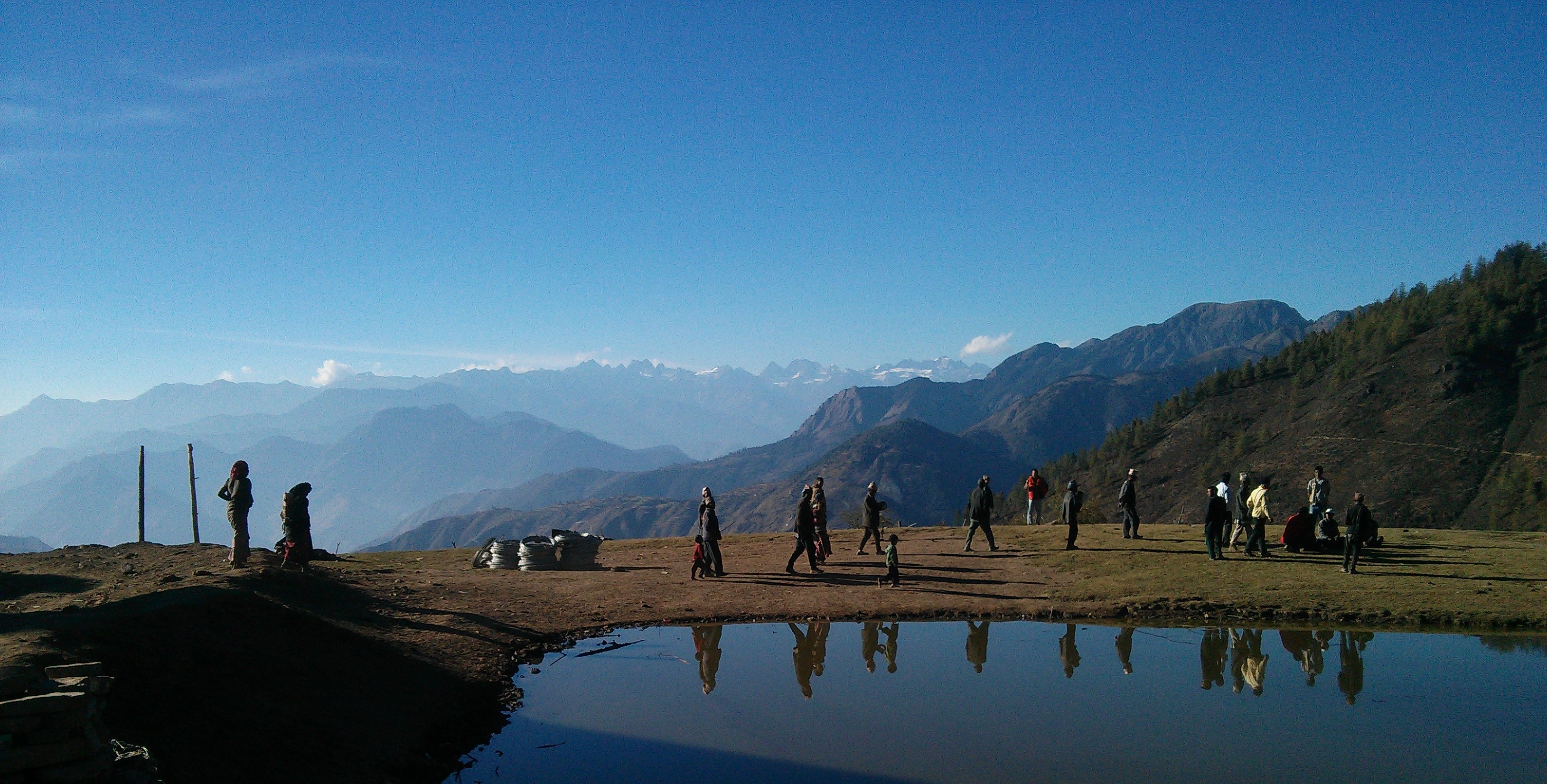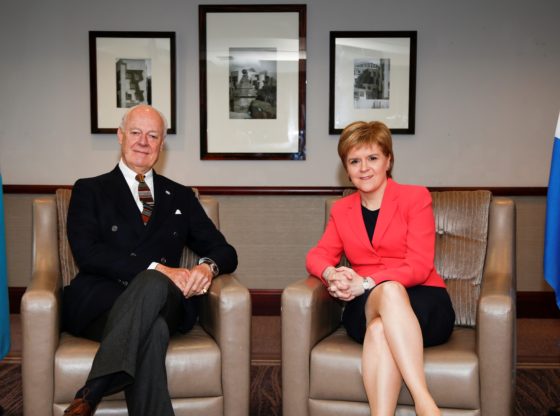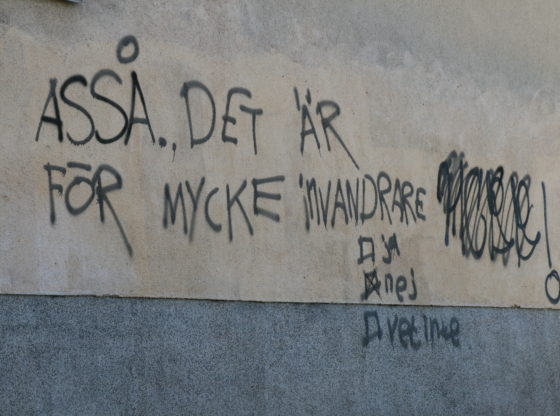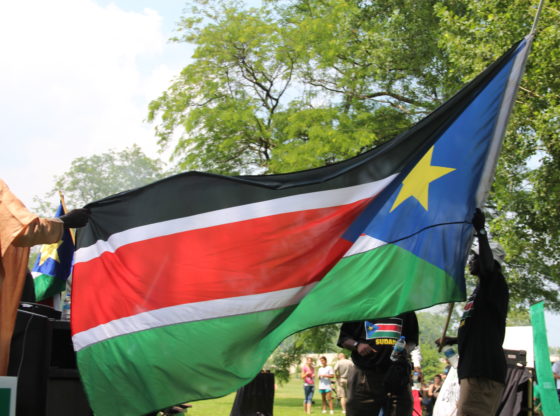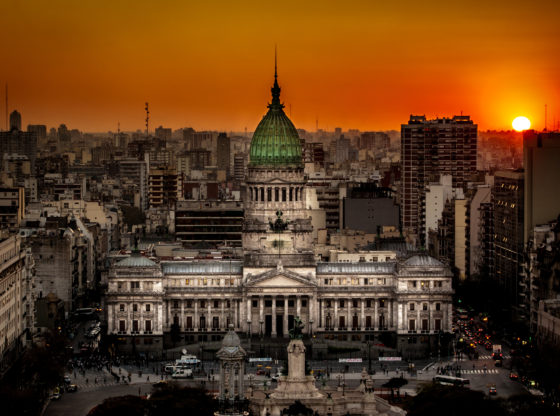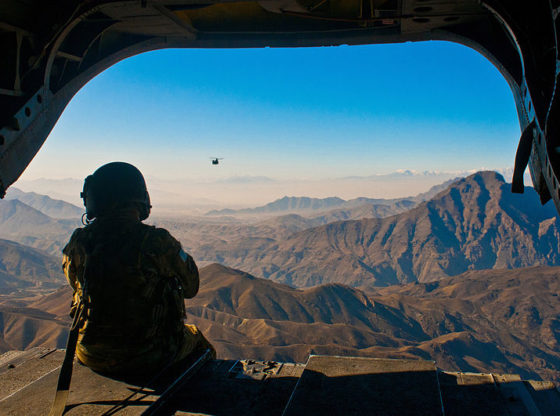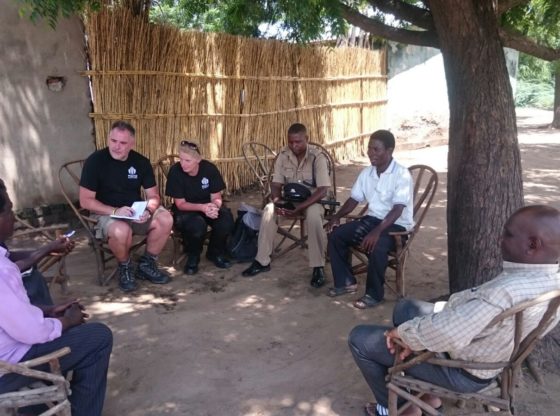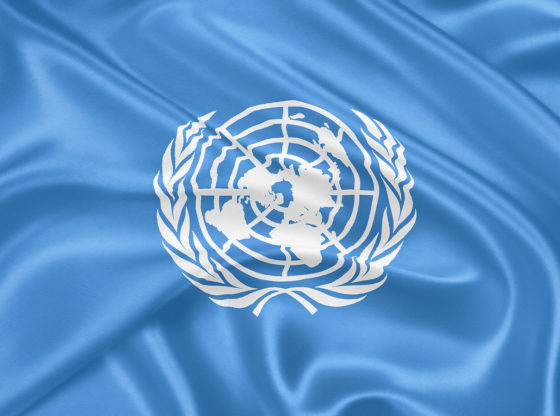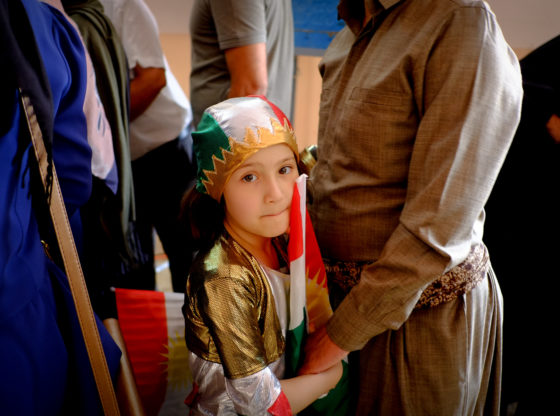In the Himalayas, physical remoteness, poor soils, and old traditions can represent barriers to progress for local communities. In this essay, Alastair Seaman of the International Nepal Fellowship discusses his organisation’s work in the region, and the approach it adopts as it works with locals to improve living standards and opportunities.
Shadows lengthen and the air chills as the village elders file towards the meeting space – a small plateau of flat grass beside a little lake high in the Himalayas. I’m in the Mugu district of Western Nepal, one of the most beautiful - and poorest - places on earth.
According to the 2016 Nepal Population Report, life expectancy here is 59. One in 12 children will die before they reach the age of five. The challenges of living here are huge. Poor soils and steep slopes mean that there is never enough food to go round. Most men migrate to India for six months each year to find casual work so that they can buy enough food for their families to survive. Local belief systems are highly fatalistic, stunting vision and any sense of agency, while strong caste divisions limit the community’s ability to act effectively together. We’re a long way from anywhere. Its 10 hours walk and 22 hours painfully slow driving on treacherous roads to get to the nearest regional centre. You could get from Edinburgh to New York, and back, quicker.
There are no quick fixes – but there is hope.
My colleagues have been living and working alongside these people for the last three years using an approach that we have honed over 20 years of working in similar communities. At the heart of this approach is an emphasis on building strong personal relationships. My colleagues don’t visit this village from time to time: they have made their home here. Paralleling our Christian theology of incarnation – literally “becoming flesh and bone” – we believe that you can only catalyse real change when you become a part of a community. Or as the business magnate and philanthropist Warren Buffet would say: ‘when you have skin in the game’.
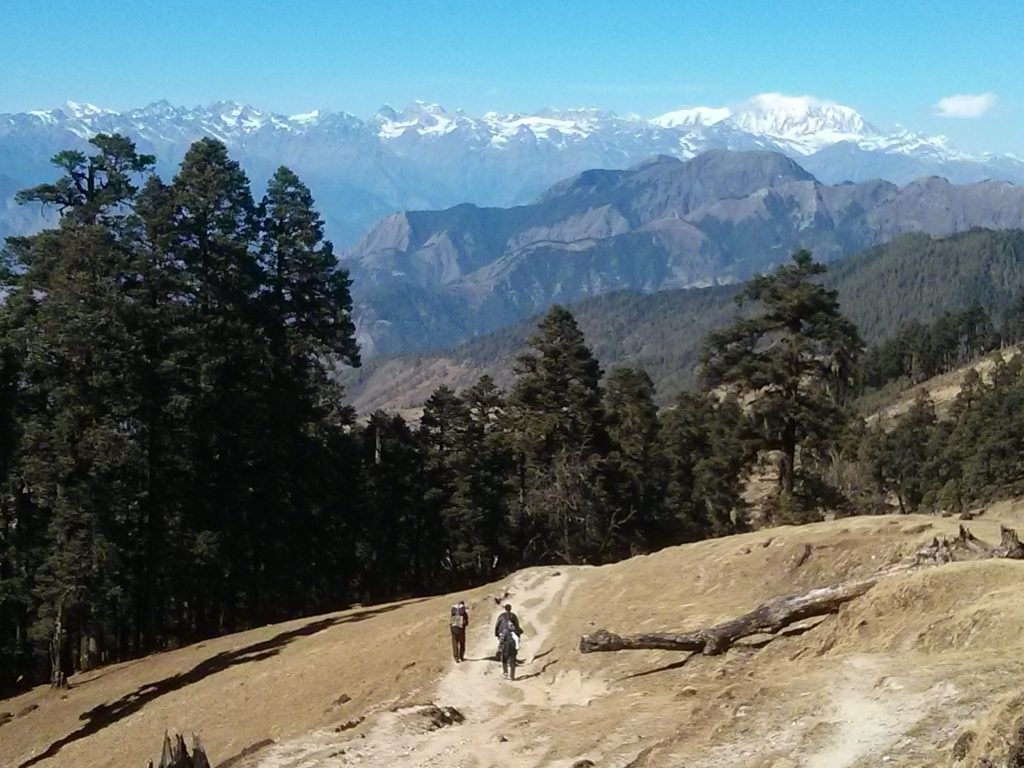
We don’t come with a pre-formed view of what the community’s problems are - or of how to solve them. Instead we come as learners. We seek to build relationship and earn trust. Through gentle questioning, we catalyse conversations that draw out the main issues and help villagers to disentangle the complex web of symptoms and causes of poverty. As trust builds, we support villagers to develop their own plans that focus on harnessing local assets and advocating for better services from government. It’s a painfully slow and undramatic process.
Donors scratch their heads and wonder why it takes years of talking and drinking tea before we can ‘crack on’ with implementing something a bit more tangible. But we are building crucial foundations here: breaking down fatalism and deep caste divisions; kindling visions of hope and change; teaching skills in community planning and action; and building a sense of self-confidence. On these foundations, radical and sustainable change becomes a real possibility.
Surveying the beauty around me, I’m struck by the parallels between Nepal and Scotland: mountains; poor soils; a challenging climate; geographical remoteness; and occasional insecurities about a large, powerful, southern neighbour. There is a remarkable resilience and a strong national pride here. The British army ruled India but they couldn’t make any headway against Nepal’s fierce soldiers. Indeed, the British were so impressed by these men that they hired them - Nepali Gurkha soldiers have been legendary and loyal fighters for the British ever since.
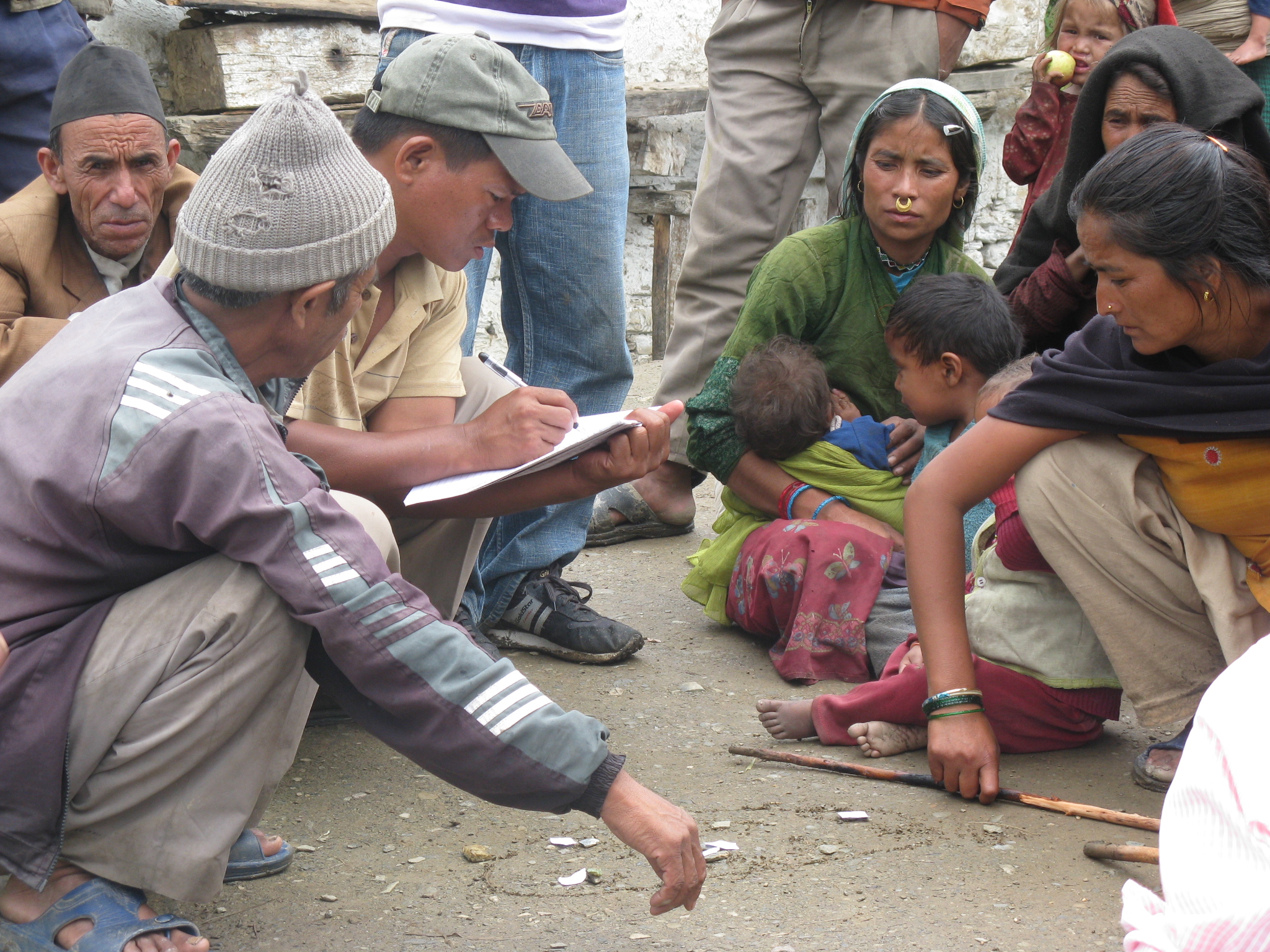
As the meeting begins, some of the men pull out their hand-spinning spindles. As they talk, their fingers skilfully and unconsciously turn local wool into yarn that will be knitted into winter clothing. Life is too marginal here just to sit and talk without producing. They’re eager to tell me of all that’s been accomplished in the three years since our staff came to live here. Progress has been substantial. Every house now has its own toilet and people no longer defecate at the edge of the village. They have a new community water system that brings clean water to the village so that women no longer have to make the long journey down to the river and back each day. They built it with their own hands using rocks and sand that were carried up the hill from the river on their own backs. They’ve started a cooperative and have planted a community apple orchard that should start to generate a community income from next year.
And then a woman speaks. This in itself signifies a profound change in what is a strongly paternalistic culture.
And then a woman speaks. This in itself signifies a profound change in what is a strongly paternalistic culture. She describes how they came to realise the critical importance of girl’s education and the damage caused by the widespread practice of marrying daughters early. Most would be married by the time they are 14 years old - and mothers by 15 - thus ending any prospect of further education. Recognising this, the village had just come to a collective decision that none of its girls should be allowed to marry until they had completed their secondary schooling. This initiative was entirely home-grown. It cost no money. It didn’t need a consultant or expensive materials. And yet it will have a transformative long-term impact on the lives of these girls.
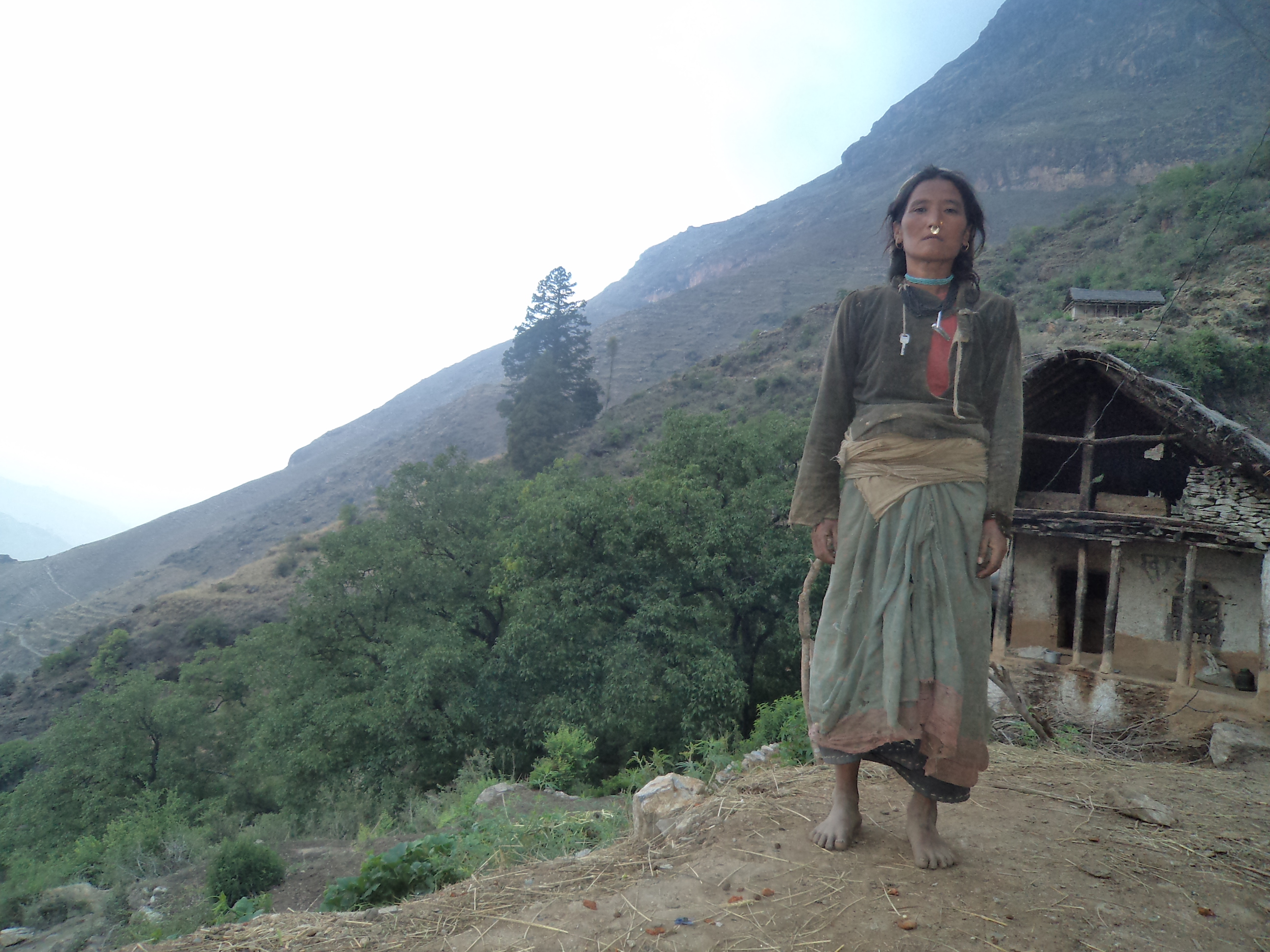
The holy grail of community development is catalysing change that will continue beyond the end of any outside intervention. Too many projects grind to a halt when the money ends. We had a strong conviction that our approach would start something that would continue long after we left. But in search of more concrete evidence, we recently returned to visit the communities where we first trialled this approach 20 years ago. It was over 10 years since we had any contact with these communities. We discovered to our delight that over 70 percent of the 90 communities we worked with still meet regularly to address pressing local issues, using the techniques and strategies that they had learned from our team.
The holy grail of community development is catalysing change that will continue beyond the end of any outside intervention. Too many projects grind to a halt when the money ends.
Life here is changing rapidly. When I first came to Nepal 15 years ago, this area was in grip of a Maoist insurgency that forced its most energetic young men to leave. Now there’s peace, the road network is steadily extending and micro-hydro schemes and solar panels mean that some villages have more reliable electricity than the capital. Fifteen years ago there was one phone in the district centre. Today, many villagers have mobile phones and the better-off have internet access and keep in touch with friends around the world on Facebook. The first local elections in 20 years were held this year, significantly improving the accountability of local government. There are growing business opportunities in eco-tourism and growing high quality fruit and vegetables to sell to the growing middle-class in India.
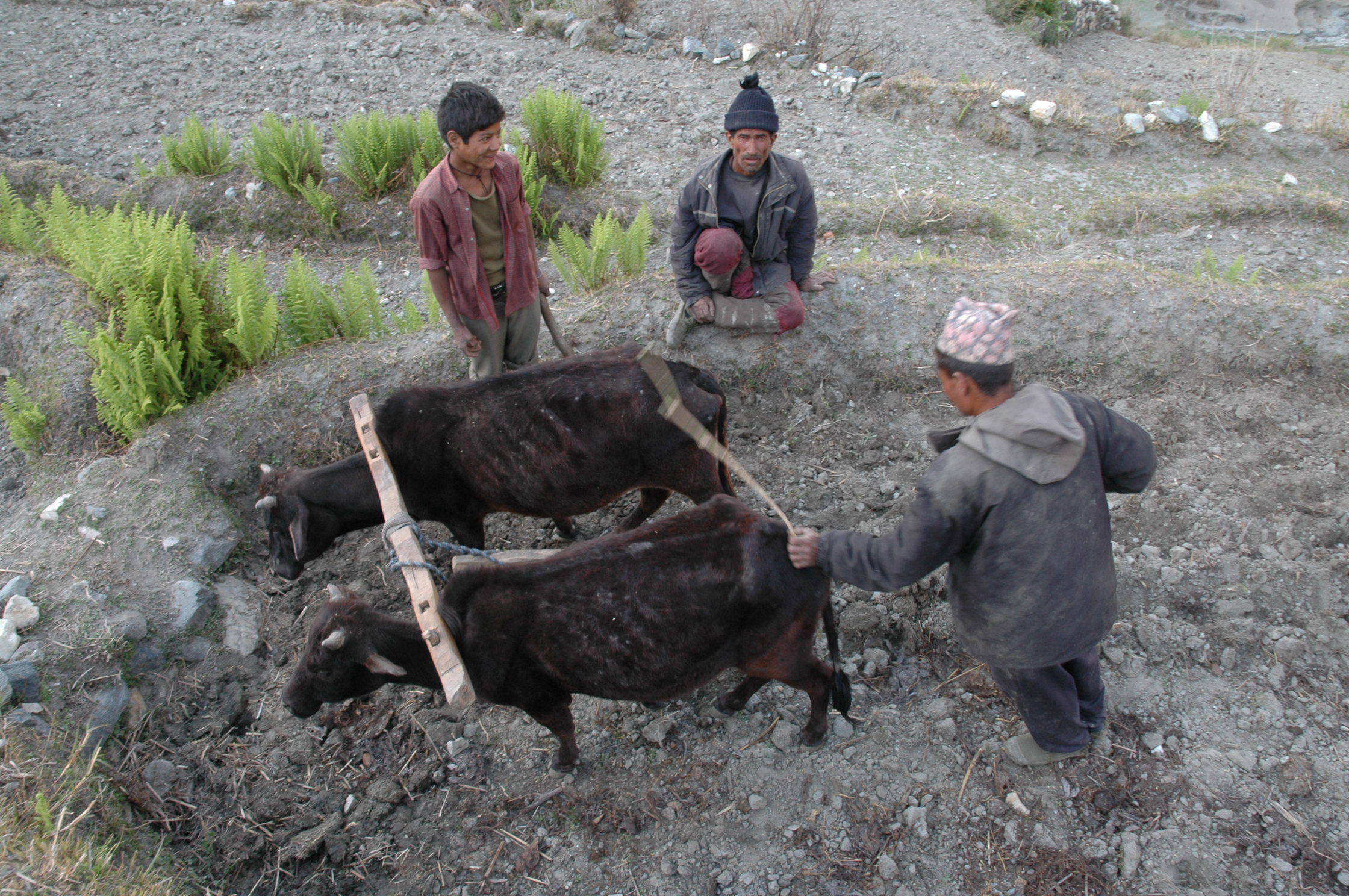
I’m brought back to earth from my optimistic musings by an elderly man who has a question for me. “You are from a developed country”, he says. “What advice would you give to us?” Our philosophy is more about stimulating vision than giving advice - so instead, I tell him a story:
Once upon a time there was a young landless man who worked in a similarly remote village as an agricultural labourer for a wealthy farmer. Like you, he lived in a simple house with a grass roof and cattle in the room next door. He contracted pneumonia and because there were no doctors, no health facilities, and no drugs, he died at the age of 32. He left behind a wife and three children who lost the house that was tied to his job. That man was my great-grandfather.
Today, the village on Skye where he lived has world-class health and education, a vibrant local democracy, and a strong economy built on local resources and tourism. Scotland has come a long way in just a couple of generations. But we started from a very similar situation to Mugu today. With the vision, confidence, and skills that have been sown here, there’s no reason why the resourceful highlanders of Mugu can’t also make their own way to a better future for their children.
Alastair Seaman is International Director for the International Nepal Fellowship; a Nepali and international Christian collaborative working with poor people and communities in the fields of health, disability, and community development. Email him at: [email protected]
Feature image: A Meeting at the Top of the World. © International Nepal Fellowship.

